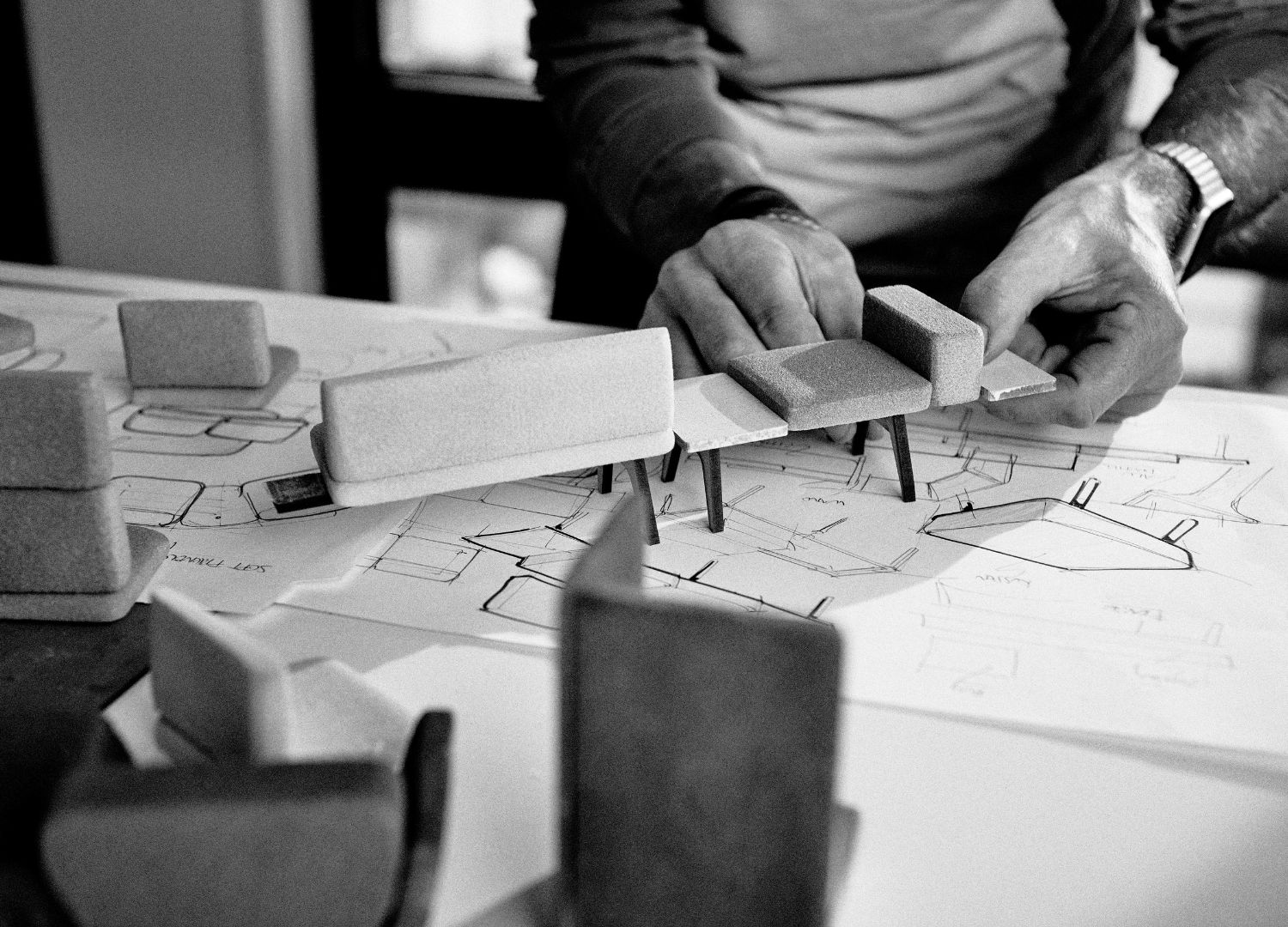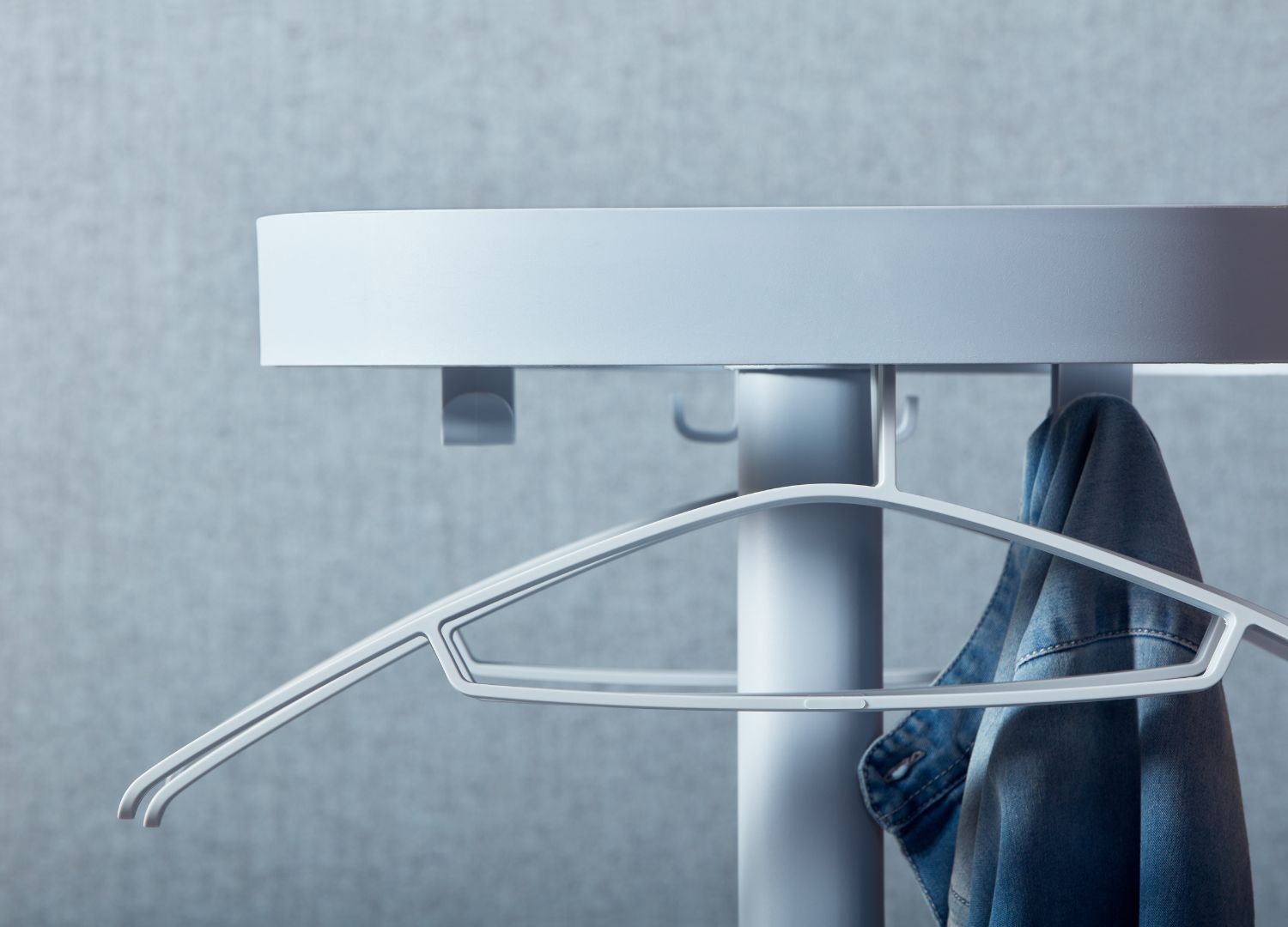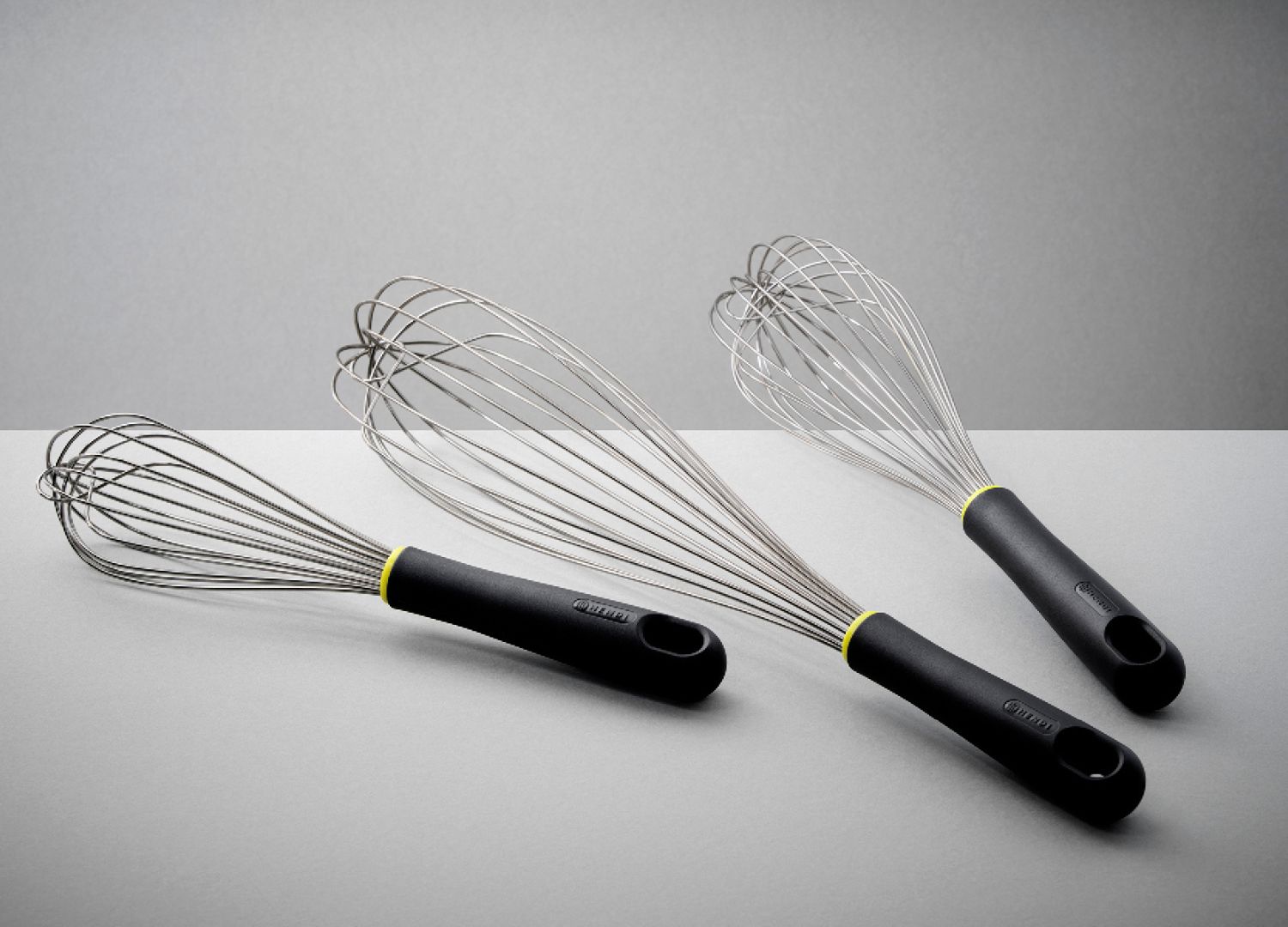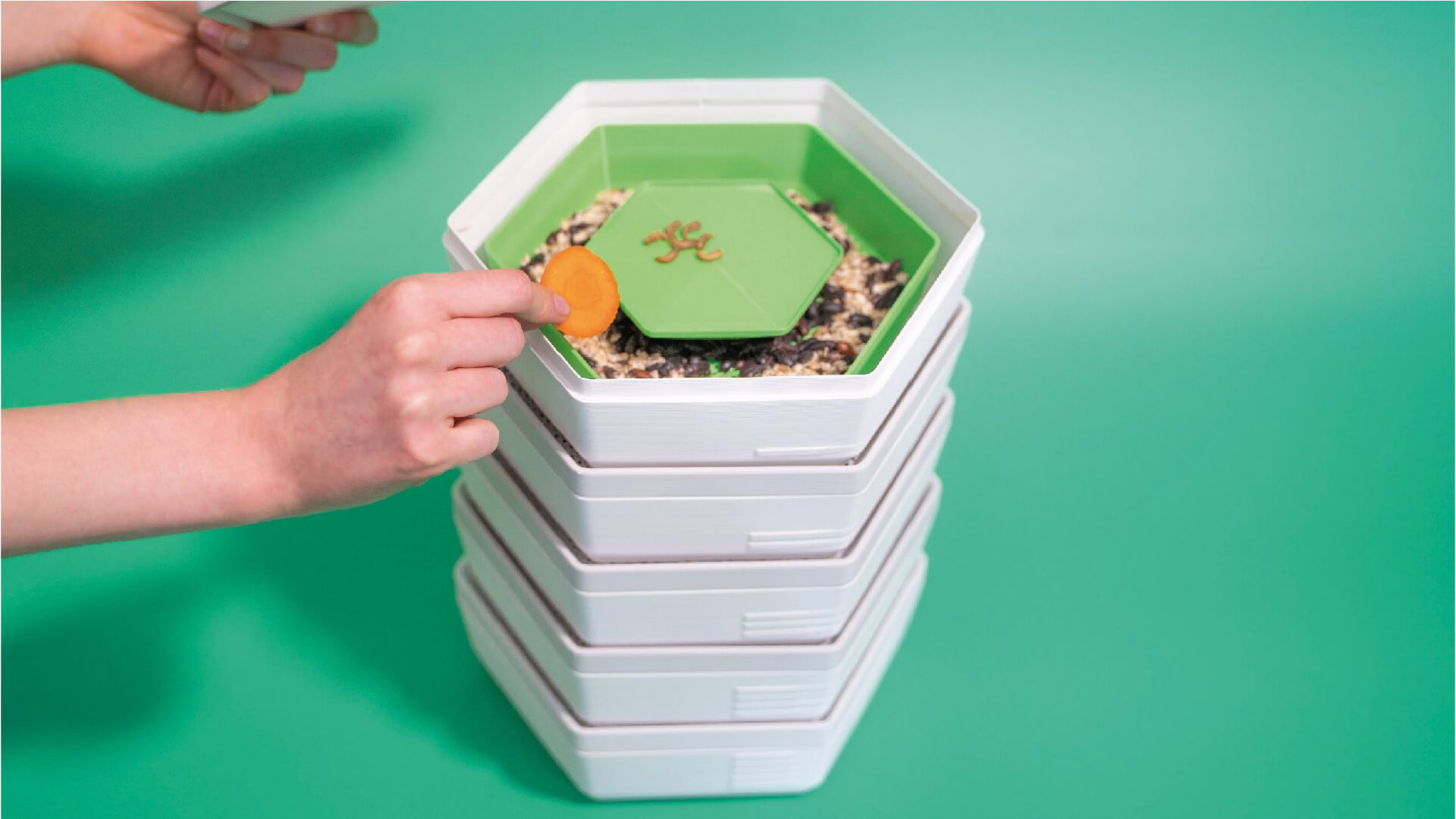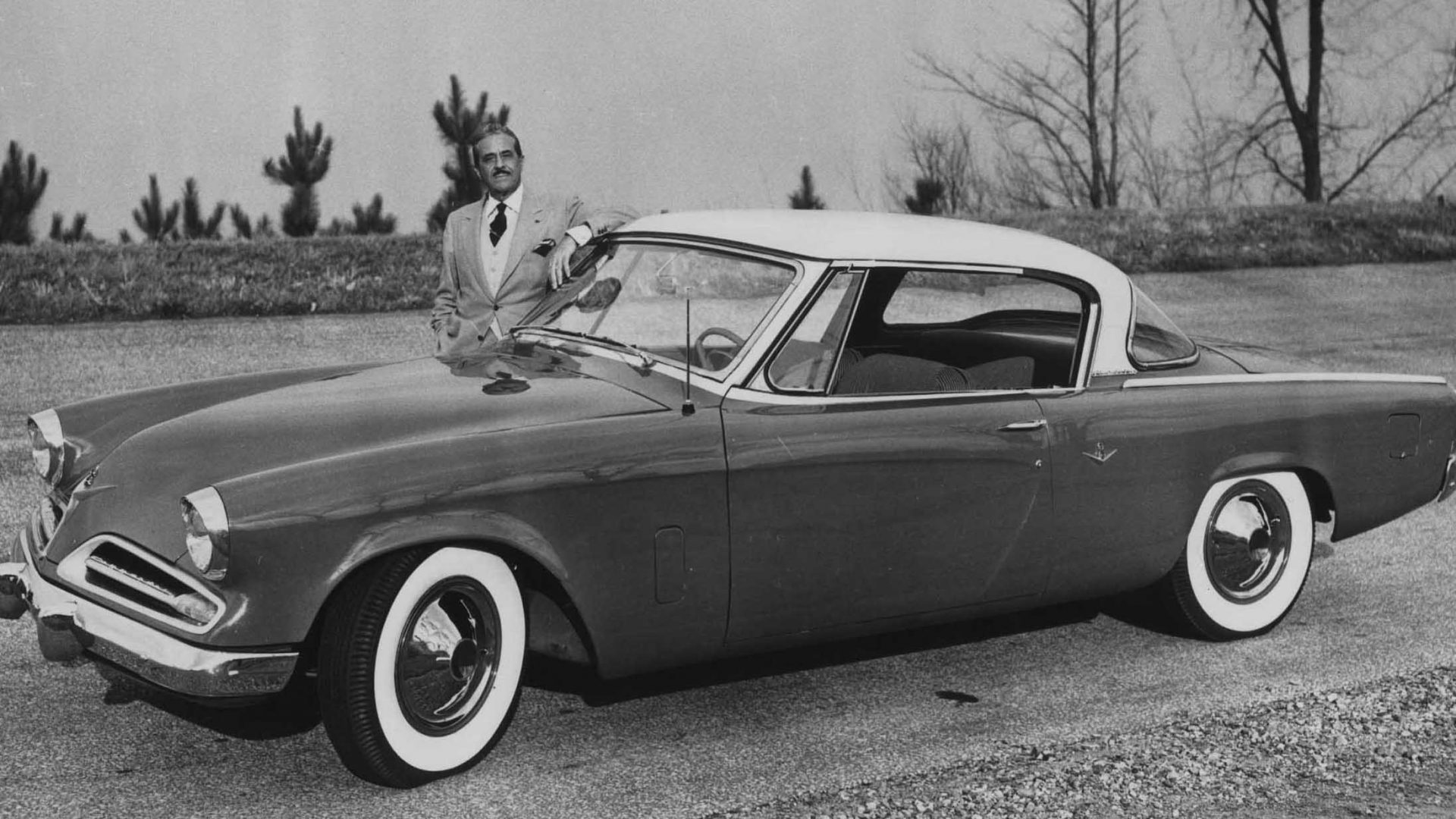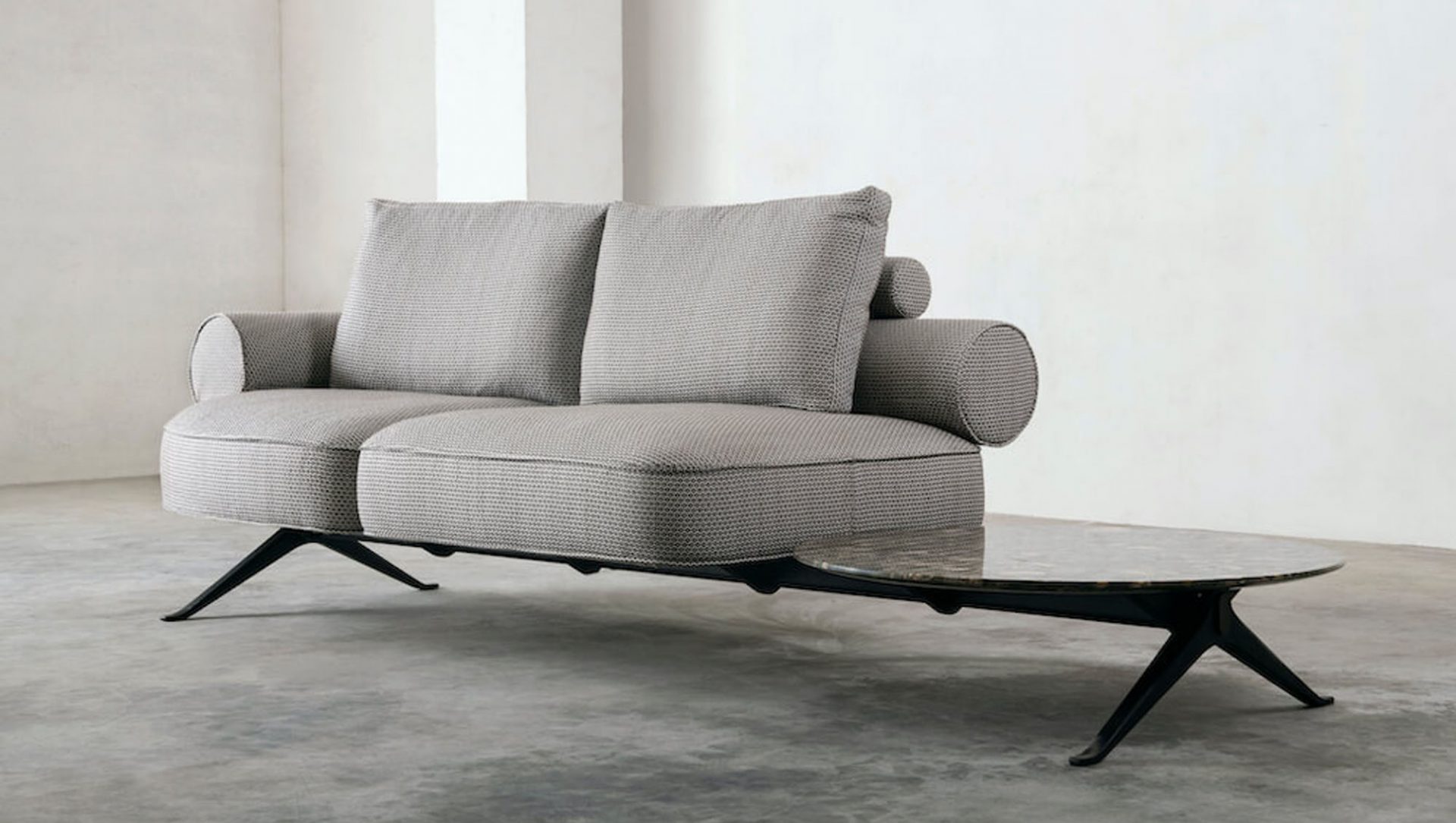Robert Bronwasser on bridging creativity through designer-company collaboration
Explore Robert Bronwasser’s insights on the essential relationship between designers and companies, highlighting the importance of collaboration, shared values, and sustainability in creating joyful, successful products.

In the world of design, the relationship between designers and the companies they collaborate with is pivotal. Robert Bronwasser, the seasoned Dutch industrial designer, sheds light on this intricate relationship, emphasising principles that can guide designers in managing their collaborations effectively. His insights offer valuable lessons for designers who are trying to manage the challenges of working with different brands.
With over 30 years of experience into practical, aesthetically pleasing products, since graduating cum laude from the Technical University Delft, Bronwasser has been designing award-winning products for countless brands in various markets. His designs are characterised by a refined balance between user-friendliness, functionality, and a crystal-clear aesthetic. Soft-lined elements come together in well-designed quality products that invite people to use them every day.
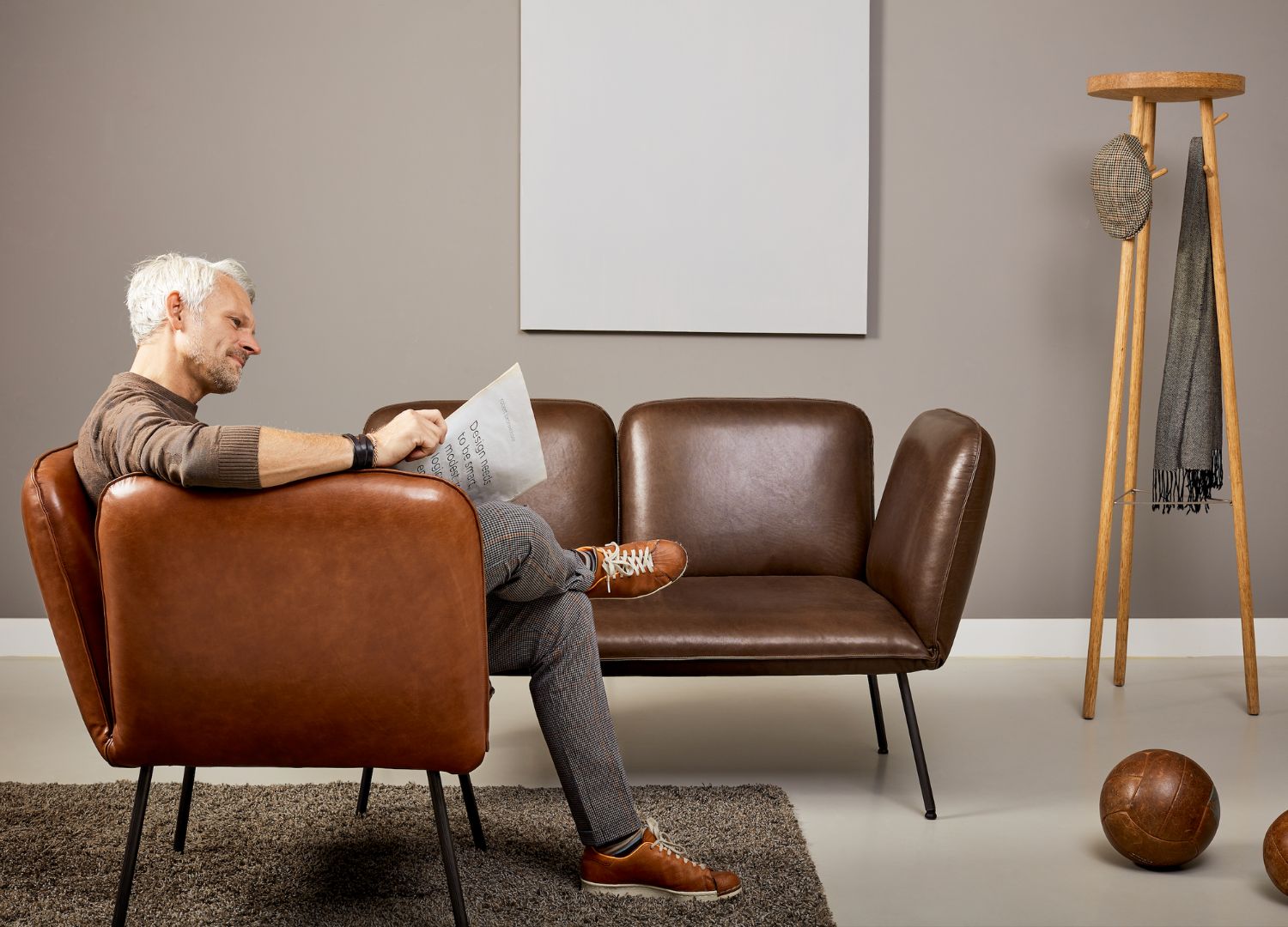
Robert categorises designers into two primary groups: industrial designers and known product designers in the furniture and lighting sectors. Industrial designers often work anonymously across multiple brands, focusing on their expertise without their signature being highlighted in communications. On the other hand, known designers in furniture and lighting express their personal beliefs and creativity, becoming prominent figures whose names attract company collaborations.
“Combining these two groups is challenging, particularly for industrial designers to become recognised,” Robert notes. “It requires a unique talent to impact industrial design-driven companies while also building a personal brand.” He explains that designers like Philippe Starck and Karim Rashid are exceptions who have successfully created their personal brands alongside impactful industrial design careers.
It’s no secret that for most designers, establishing a personal brand is arduous. Robert emphasises the need for a clear vision and alignment with companies that resonate with their style. “Working with the right company enhances a designer’s skills and helps express their vision,” he explains, stressing that designers and companies should share the same values and goals to ensure a mutually beneficial relationship.

Respect and collaboration are cornerstones of Bronwasser’s philosophy. He prioritises working with brands that have positive ambitions and aim to add value to the market. “Creating a personal connection ensures that you are really developing a product together,” he says. “An open relationship creates trust, makes it easy to share insights, and fosters joint enthusiasm to achieve a good end result.”
Choosing the right company is critical. “For me, in a collaboration with a company, it is important that you have a click, fit together, and can complement each other,” he shares. “I also find it important that a company has a positive ambition and actually wants to contribute something beyond just profit.”
Maintaining a distinctive design style while aligning with a company’s brand identity is another challenge designers face. To overcome this Bronwasser emphasises the importance of working with brands that appreciate his work and provide the space to apply his creativity. “I can only work with brands that are enthusiastic about my work and see that it fits well with their brand,” he states.

Clear communication and setting expectations upfront are also essential to avoid other common challenges which often include achieving a common ambition and goal. “The challenge with any new project and new collaboration is to have a common ambition and goal,” Robert explains. “Working with clear phases in which decisions are made is necessary so that the final design is a logical consequence of the choices that were made.”
Avoiding overly defined briefs is crucial for fostering creativity and innovation in the design process. Detailed briefs can often limit a designer’s freedom by dictating specific outcomes and constraints. “I always compare a very detailed brief containing a desired end result to a colouring sheet with the numbers already in it,” Robert says.
“As a designer, you have little freedom, and you are only busy colouring within the lines. I prefer to see myself more as the designer who creates the colouring sheet,” he adds. This approach allows designers to explore a wide range of possibilities and bring fresh perspectives to the project, ultimately leading to more innovative and effective solutions.
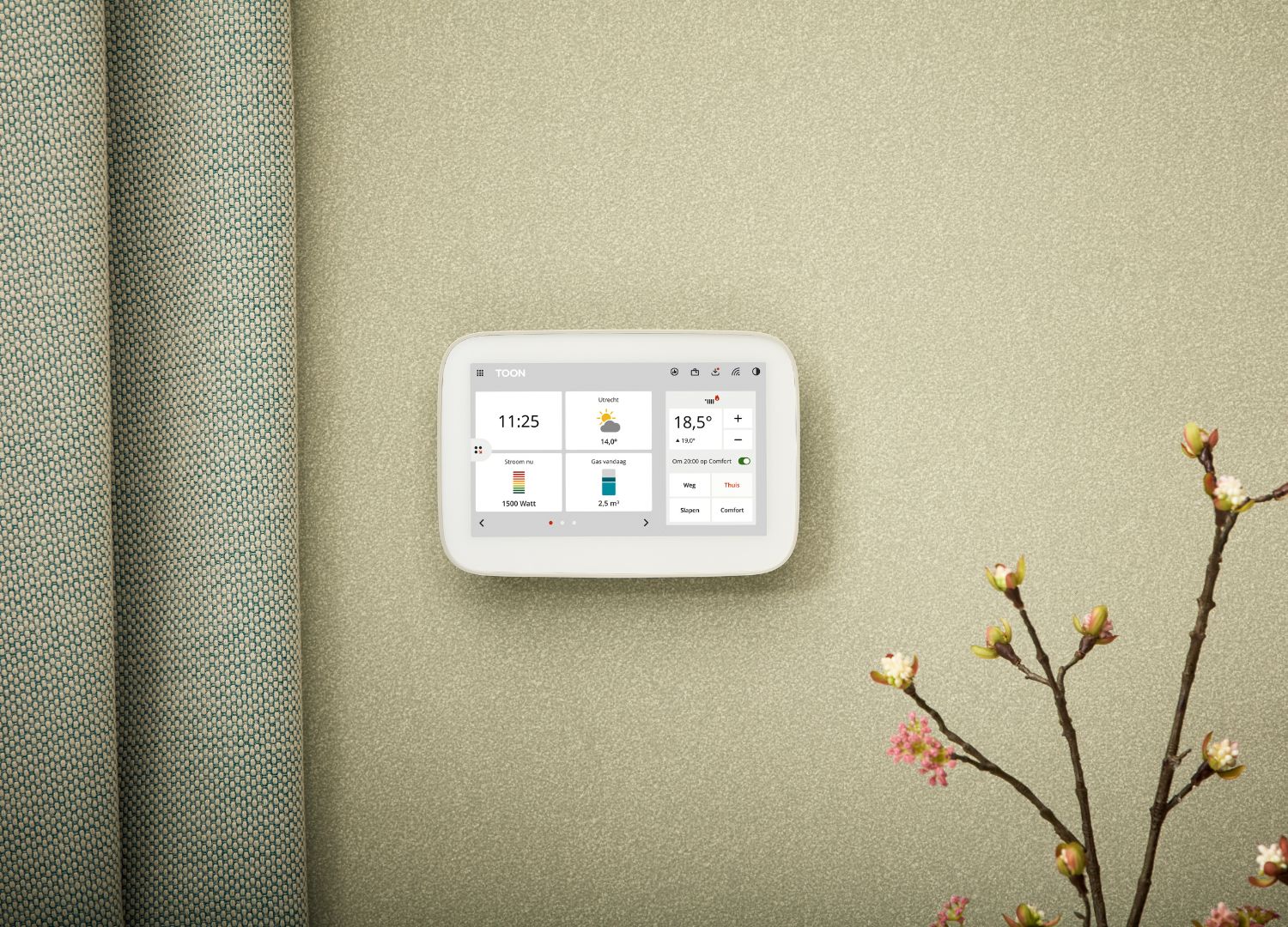
Robert’s designs are known to bring a smile to people’s faces, balancing commercial success with positive impact. He focuses on designing products that contribute or add something meaningful. “If a product stands out because of that, it is also easier to market and sell,” he notes. This approach not only enhances the product’s marketability but also fosters a deeper connection between the brand and its customers, ultimately leading to sustained success and a loyal customer base. Robert’s ability to blend aesthetics, functionality, and emotional appeal sets his work apart, making his designs highly sought after by both companies and consumers.
Designing socially or environmentally impactful products while meeting commercial success criteria is a delicate balance. “The starting point of every project should be whether you are going to design a product that contributes or adds something,” he emphasises. “Commercial success can very well be combined with responsible and meaningful products.” Robert Bronwasser’s collaborations with high-profile brands such as Heineken and Lipton underscore his ability to design products that are both commercially successful and emotionally engaging.
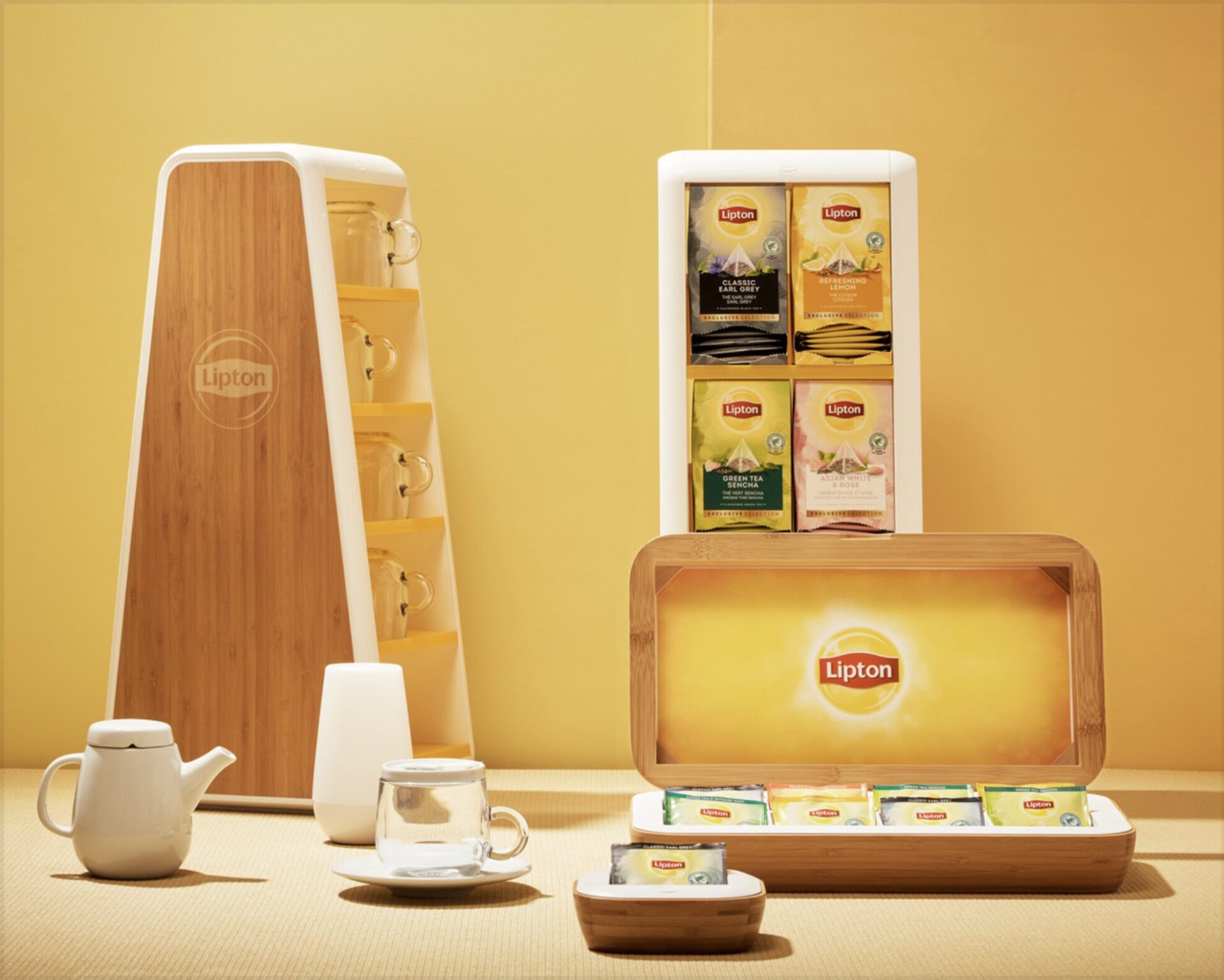
For emerging designers, Robert Bronwasser advises defining personal ambitions and values clearly. “It is very important to determine what you yourself stand for,” he says. “I am constantly thinking about my ambitions and evaluating achieved results. I can only motivate and inspire companies if I have a clear vision about design and what I find important.”
Emerging trends and technologies, such as sustainability and artificial intelligence, are shaping the future of design in profound ways. Robert views sustainability not just as a buzzword but as a crucial challenge that drives him to create better products that last longer. He emphasises the need for durability and pleasure in design, stating that products should not only be functional but also bring joy to users.
“We must create new archetypes that are easy to fix, adapt, or upgrade to meet our evolving needs,” he suggests. This forward-thinking approach encourages designers to rethink traditional product lifecycles and consider how their creations can be both environmentally responsible and user-centric.
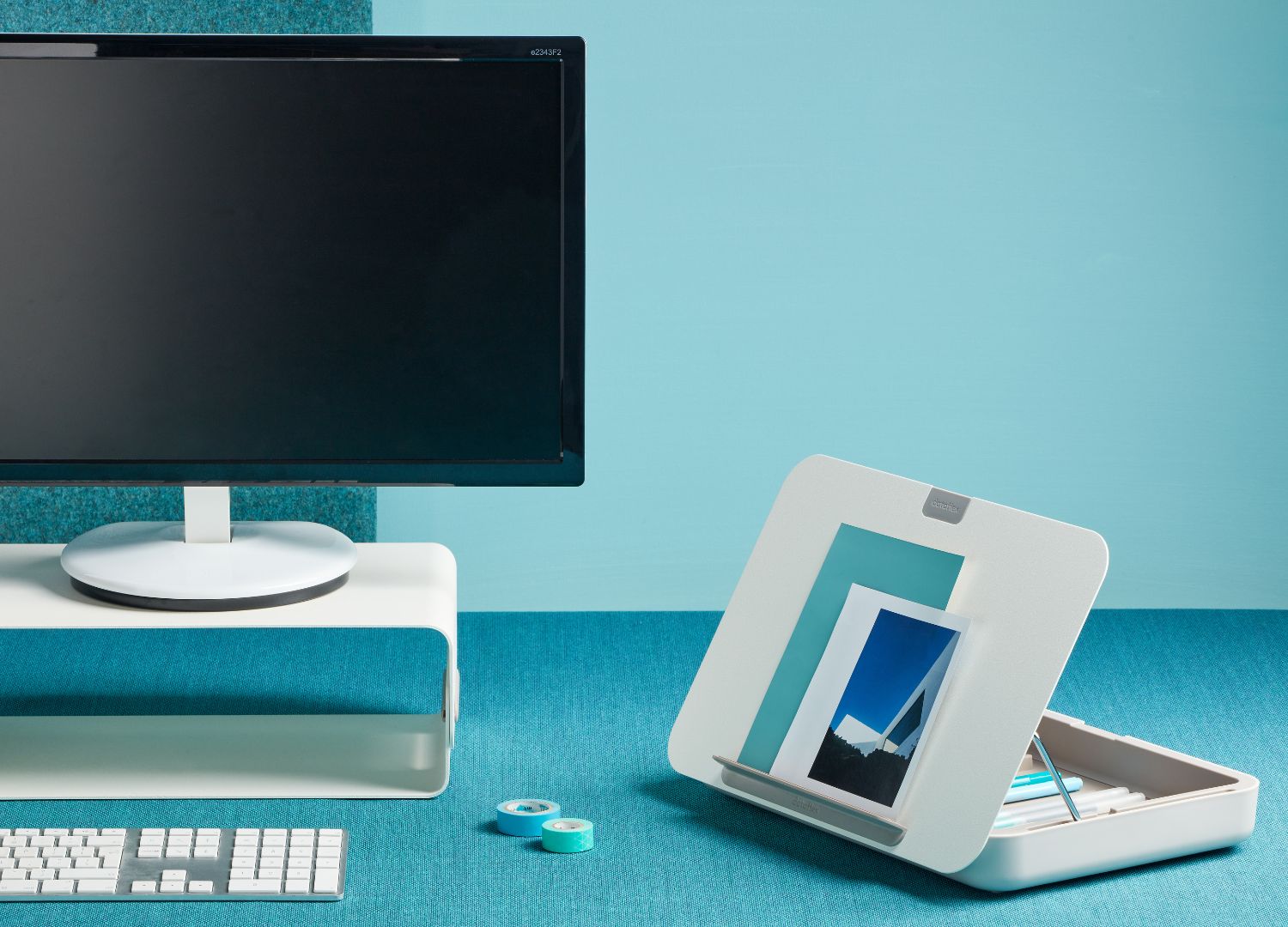
Regarding artificial intelligence, Robert appreciates the unpredictability and humanity that come with the design process. He believes that the essence of design lies in the human experience, creativity, and intuition. “There is nothing better than thinking, sketching, and puzzling for yourself in the search for a good solution,” he shares. This hands-on approach allows him to engage deeply with the creative process, fostering innovation and originality.
Moreover, he values collaboration with companies, noting the excitement that arises from discussing directions and possibilities together. “The adrenaline you get when everything comes together, that’s why I’m a designer.” Robert’s perspective highlights the importance of blending technology with human creativity, ensuring that the future of design remains dynamic and deeply connected to the needs and emotions of users.
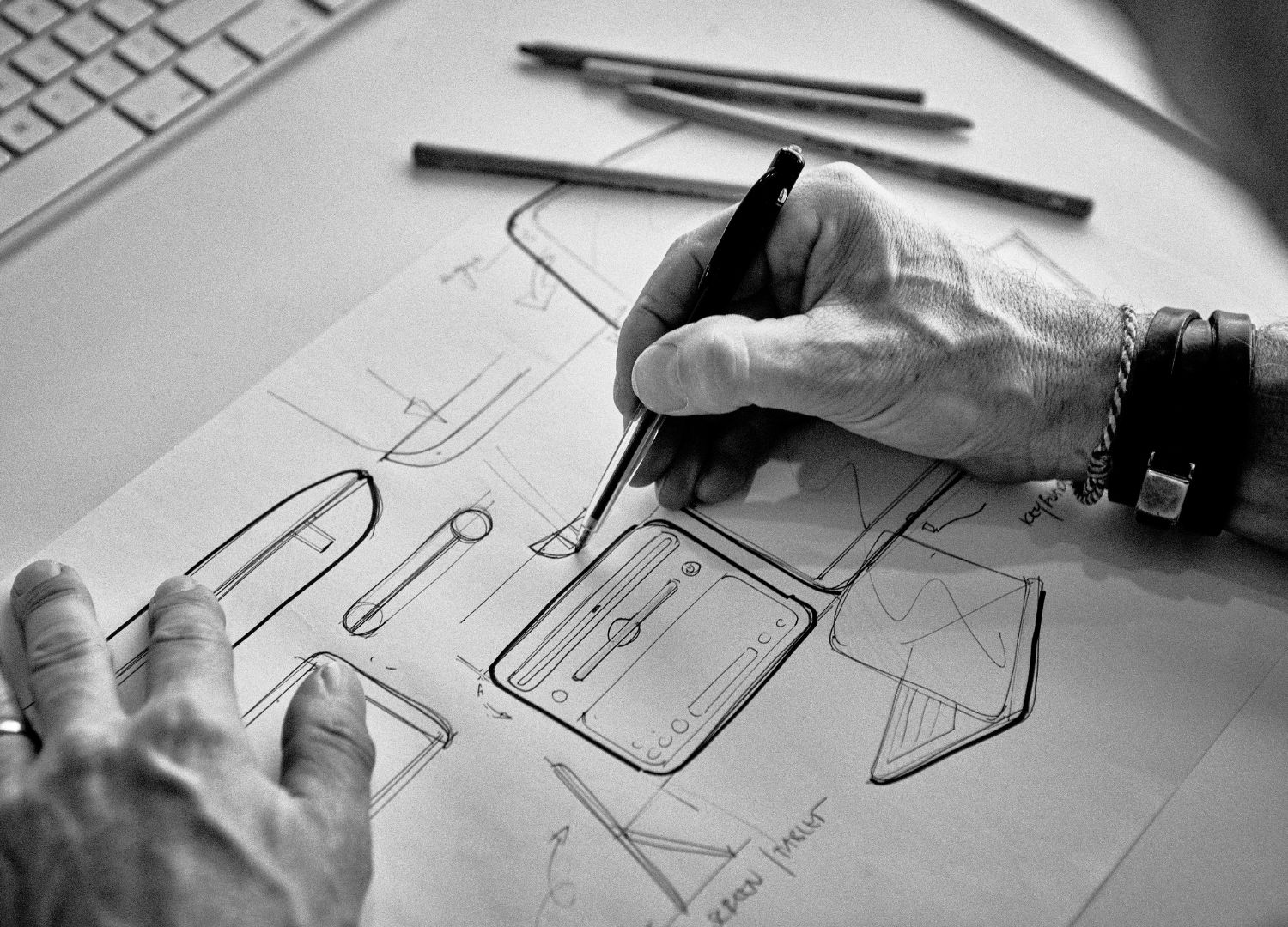
In essence, Robert Bronwasser’s approach to integrating with brands involves three key principles:
- Personal connection: Working closely with the brand’s team, fostering a personal connection.
- Openness and honesty: Providing honest feedback and asking challenging questions, showing his genuine interest in the brand’s success.
- Ego-free collaboration: Avoid seeking fame and focus on working collaboratively with companies, respecting the entire process and all involved.
By following these principles, Robert believes designers can effectively support brands in achieving a clear design vision and meaningful market differentiation. His passion for merging creative skills and common sense into useful products that bring joy to people’s lives is evident in every project he undertakes.

“Creating a personal connection ensures that you are really developing a product together,” Robert aptly concludes. “An open relationship creates trust, makes it easy to share insights, and fosters joint enthusiasm to achieve a good end result.”





